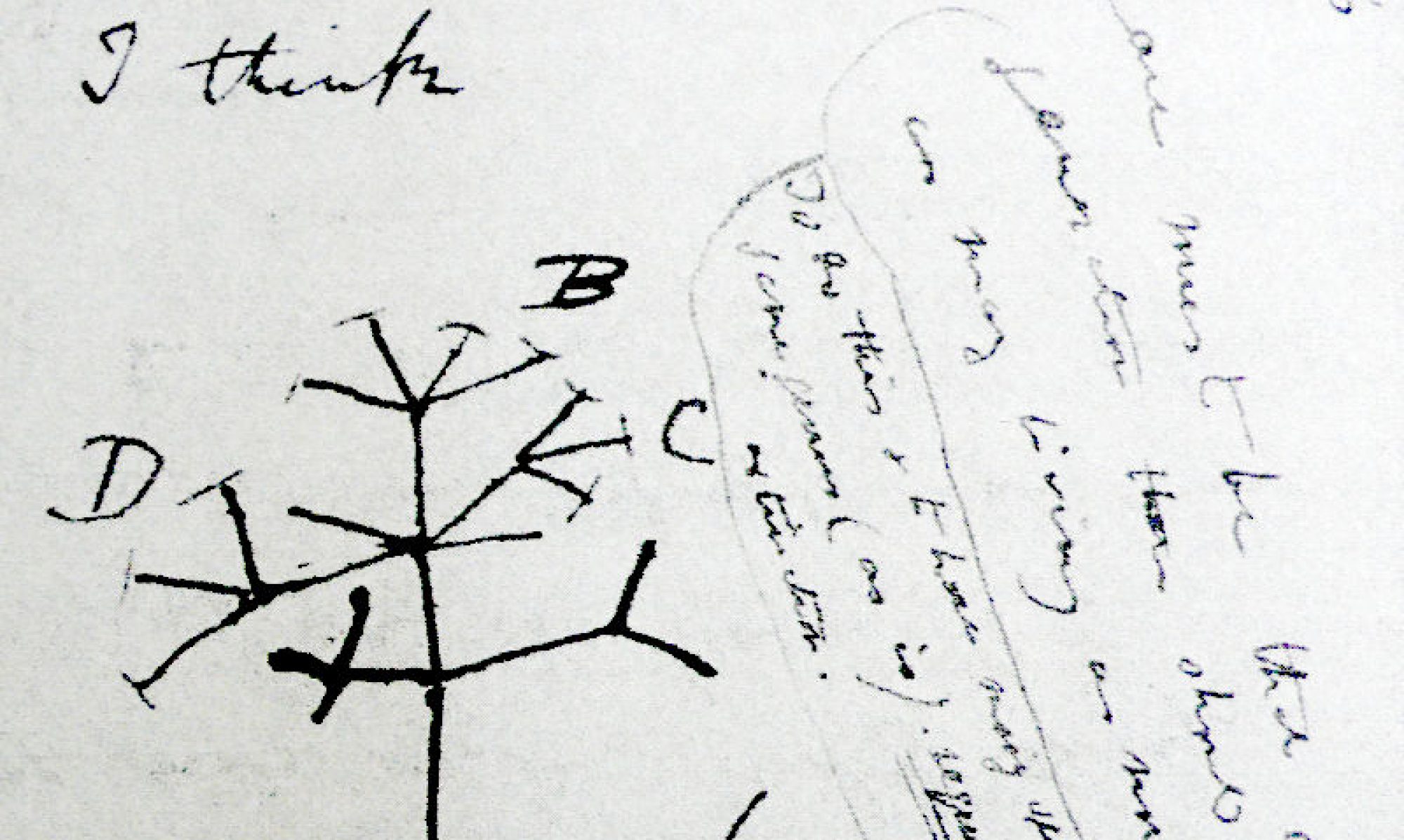By: Elizabeth Parkinson, Madison Barrett, Nathanaelle Brignol, and Robert Branco
(Stonehill College, BIO323: Evolution, Spring 2023)
Overview
Hibernation, or winter dormancy, is a well-known biological process. It is well represented in different forms of media and cultural traditions, such as children’s books and Groundhog Day. However, aestivation, or summer dormancy, is a lesser-known biological process. Similar to hibernation, organisms that undergo aestivation experience a state of decreased physiological activity over a prolonged period. It is considered by many scientists to be a strategy for surviving hot and dry seasons when water is hard to come by, and it is carried out by many species of reptiles and amphibians, among other classes of animals. A research article titled, “How Aestivation Evolved in Turtles: A Macroevolutionary and Morphological Approach,” explores how this trait evolved in many different species of turtless. It also studies the link between the length of aestivation undergone by a turtle and the structure of that turtle’s shell. They found that rather than occurring in a single ancestral species to all turtles, aestivation independently evolved in two different turtle clades. They also found that shell structure is related to aestivation time in varying ways across different families of turtles. This result indicates that a turtle’s environment may also influence their aestivation time. To learn more about aestivation in turtles, read more below, or listen to our podcast above!
The Research
A 2022 study published in Evolutionary Biology by Rodrigo Macip-Rio, Taggert Butterfield, and Ernesto Raya-Garcia studied the evolution of aestivation in turtles, as well as the association between a turtle’s shell morphology and their aestivation time. This study compiled global datasets on aestivation in turtles that included aestivation status, time, and shell morphological data from 225 freshwater turtles and tortoises. Aestivation was recorded as either present or absent in each turtle based on other previously published studies and personal communication with other researchers. The maximum and mean of aestivation times were determined by using phylogenetic ANOVA to look at the differences in aestivation times within turtle families. To determine the association of shell morphology with aestivation time, seven morphological traits were measured: Minimum straight-line carapace, length of Straight-line plastron, length of Straight plastron width, Straight plastral lobe width, Carapace width Shell height, and Bridge. Evolutionary analyses were done by constructing ancestral states using previous published studies’ phylogeny. Lastly, the correlation between shell morphology and aestivation durations was determined by performing phylogenetic analyses.
The Results
The results of the experiment showed that aestivation is not a trait held by all turtle species, as only 44.4% of species of turtles aestivate. The researchers found that aestivation evolved independently in the first two clades of fully-shelled turtles, the pleurodires and the cryptodires. All three families within the pleurodire clade were shown to aestivate, whereas 6 of the families in the cryptodire clade aestivate. Based on this data, it was determined that aestivation is an independent trait that evolved in only the two clades mentioned above. There was no significant difference in aestivation time within the families, but some families were shown to exhibit longer aestivation times than others. The relationship between shell morphology and aestivation time was shown to vary between the different families of aestivating turtles. However, it was shown that turtles with shell features that reduce evaporative water loss often aestivate for shorter periods of time than turtles within the same family in which those features are not as pronounced.
The Consequences
The results of this study are significant because they provide greater insight into a physio-behavioral trait in turtles of which little was previously known. It is also important to understand how aestivation evolved in turtles because climate change is currently causing a shift to warmer and drier climates in many habits. By understanding how aestivation originally evolved in turtles, as well as its relationship with shell morphology, scientists can make predictions on how aestivation will continue to evolve due to changing climate conditions. These predictions will be important for the conservation of turtle species.
The Interview
When asked why he was interested in conducting this study, Ernesto Raya-Garcia, one of the authors of this article, responded:
What I found most interesting about this research was that aestivation in turtles is a little explored topic in many aspects, both physiological, behavioral, morphological and evolutionary. Aestivation is a very interesting dormancy strategy in animals that deserves deeper investigation in both field and laboratory experimental designs.
When asked about his aspiration for conducting this experiment and what he was most interested in when he conducted this research, Ernesto stated:
My inspiration does not come directly from turtles; they are just one of my favorite groups of scientific research. My inspiration lies mainly in understanding general aspects of animal behavior and communication and the natural processes that modulate it from approaches and tools of sensory ecology, behavior and evolutionary biology.
Article: Macip-Ríos, R., Butterfield, T. & Raya-García, E. How Aestivation Evolved in Turtles: A Macroevolutionary and Morphological Approach. Evol Biol 50, 381–394 (2023). https://doi.org/10.1007/s11692-023-09611-6
